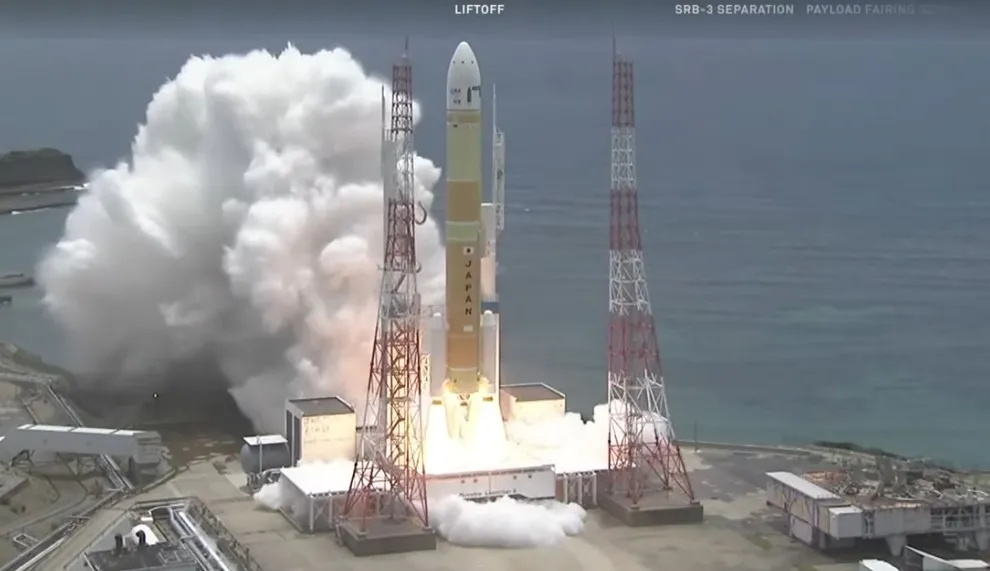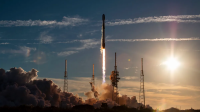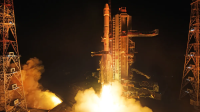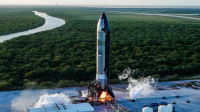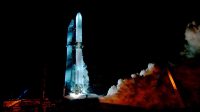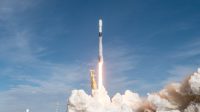Japan‘s H3 rocket achieved a milestone on Sunday with the successful launch of the Advanced Land Observing Satellite-4 (ALOS-4), marking its third flight from the Tanegashima Space Center.
The H3 rocket, launched at 0306 UTC on July 1, carried the ALOS-4, also known as DAICHI-4, which separated approximately 16 minutes and 34 seconds after liftoff, the Japan Aerospace Exploration Agency (JAXA) confirmed.
“ALOS-4’s solar arrays fully deployed,” JAXA stated, receiving telemetry data from the satellite at JAXA Mingenew Station in Australia.
This achievement follows the H3’s recovery from a second-stage engine failure during its debut launch in March 2023, which resulted in the destruction of its ALOS-3 payload and a subsequent delay for Japan’s Martian Moons eXploration (MMX) mission.
Built by Mitsubishi Electric Corporation, ALOS-4 is equipped with a phased array type L-band synthetic aperture radar (PALSAR-3), offering enhanced observation capabilities over its predecessor, ALOS-2.
“The satellite will play a crucial role in disaster monitoring and environmental observation, including observing infrastructure displacement and ground transformations caused by natural events,” JAXA noted.
ALOS-4 boasts a swath width of 200 kilometers, significantly broader than ALOS-2, while maintaining high-resolution imaging capabilities. It also features an Automatic Identification System for ships (AIS) receiver to monitor oceanic activity.
“The successful launch of the H3 rocket solidifies Japan’s position in space exploration and satellite technology,” said a spokesperson for JAXA, highlighting the rocket’s versatility in civilian, military, and international commercial launch missions.
Japan’s ongoing development of the H3 rocket underscores its commitment to advancing space exploration and satellite-based services, with plans for future missions including the resupply of the International Space Station (ISS) using the HTV-X cargo spacecraft.

